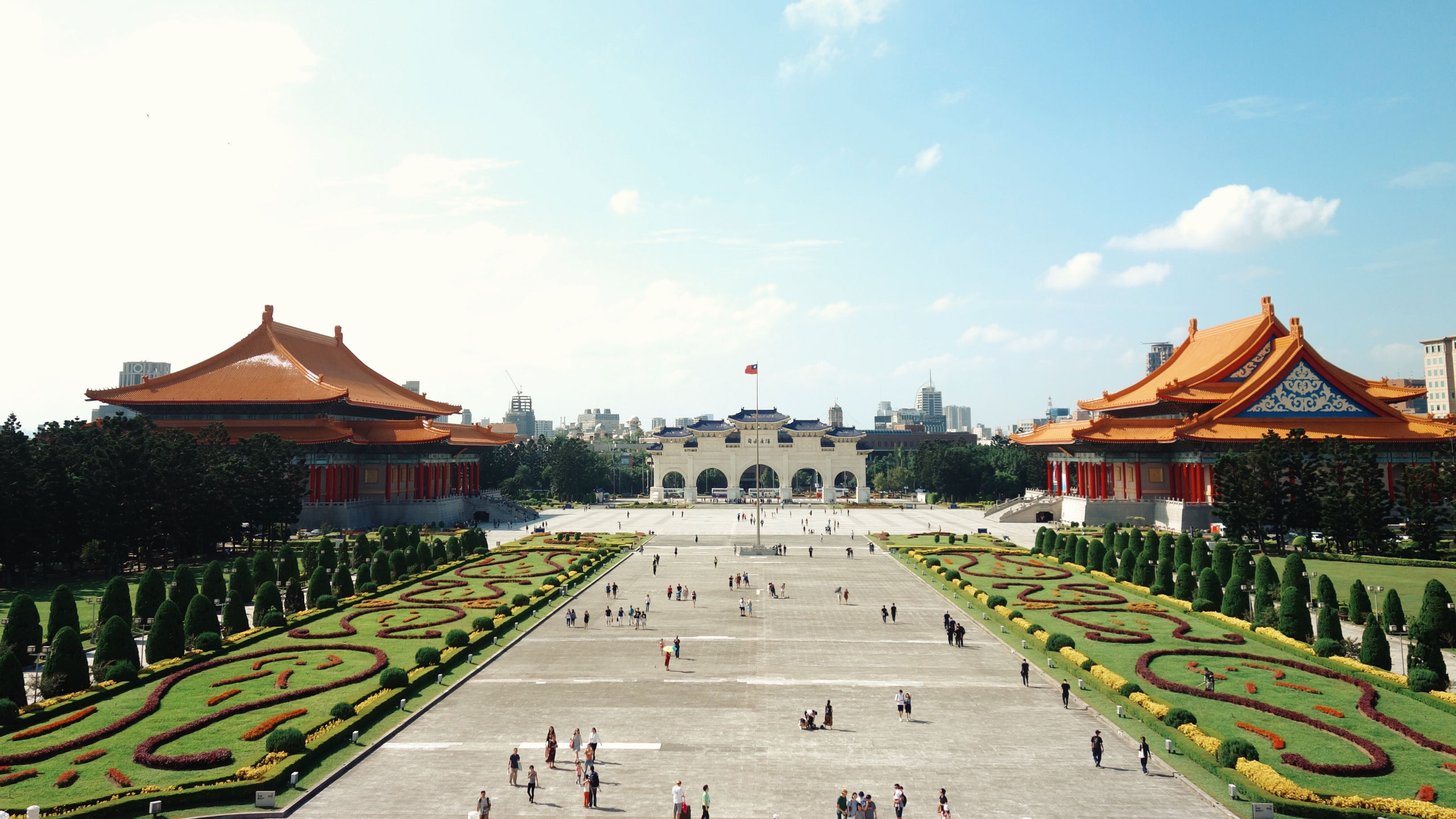Tourist destinations around the world are striving to attract tourists, not only to boost the economy, but also to bring the sector’s numbers back to pre-pandemic levels. Taiwan, according to statistics from its tourism bureau, welcomed just under 900,000 visitors in 2022, a far cry from the record 11.8 million tourists who arrived in the country in 2019. That is why, earlier this year, the government approved a new strategy to make it easier for tourists to return to the country. According to statements by Taiwan’s prime minister, Chen Chien-jen, quoted by CNN Travel, the aim is to attract 6 million tourists by 2023 and double that figure by 2024.
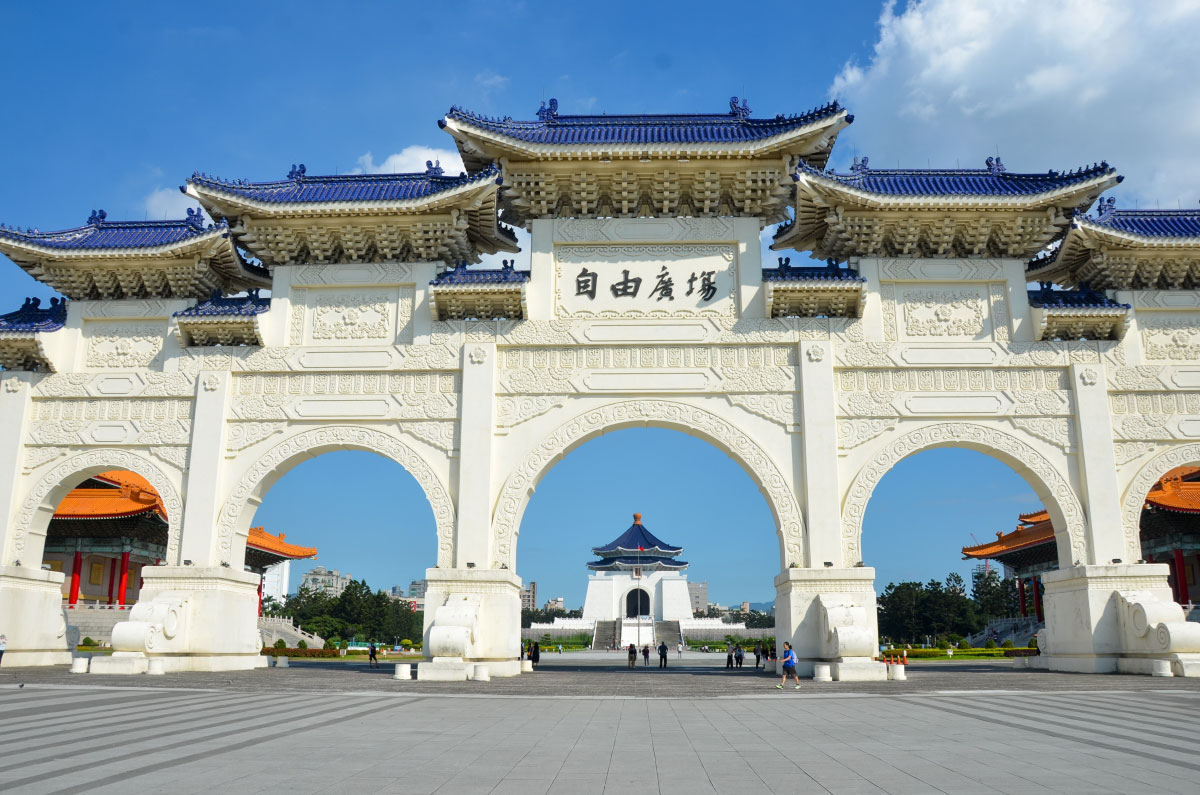
The strategy is to allocate NT$5.3 billion (€159.71 million) of surplus tax revenue in 2022 to encourage tourist arrivals to Taiwan. The incentive for them to travel to the destination will be a bonus of NT$5,000 (or €150.67) among 500,000 of these international visitors. According to Chang Shi-chung, director general of the Taiwan Tourism Bureau, as quoted in the Taipei Times, “not all international tourists would receive it”, and those who do receive it will not have the money “until they arrive”; moreover, the bonus amount will be made available through “an electronic ticketing card, which can be used to pay for food, accommodation and other travel expenses during their time here”.
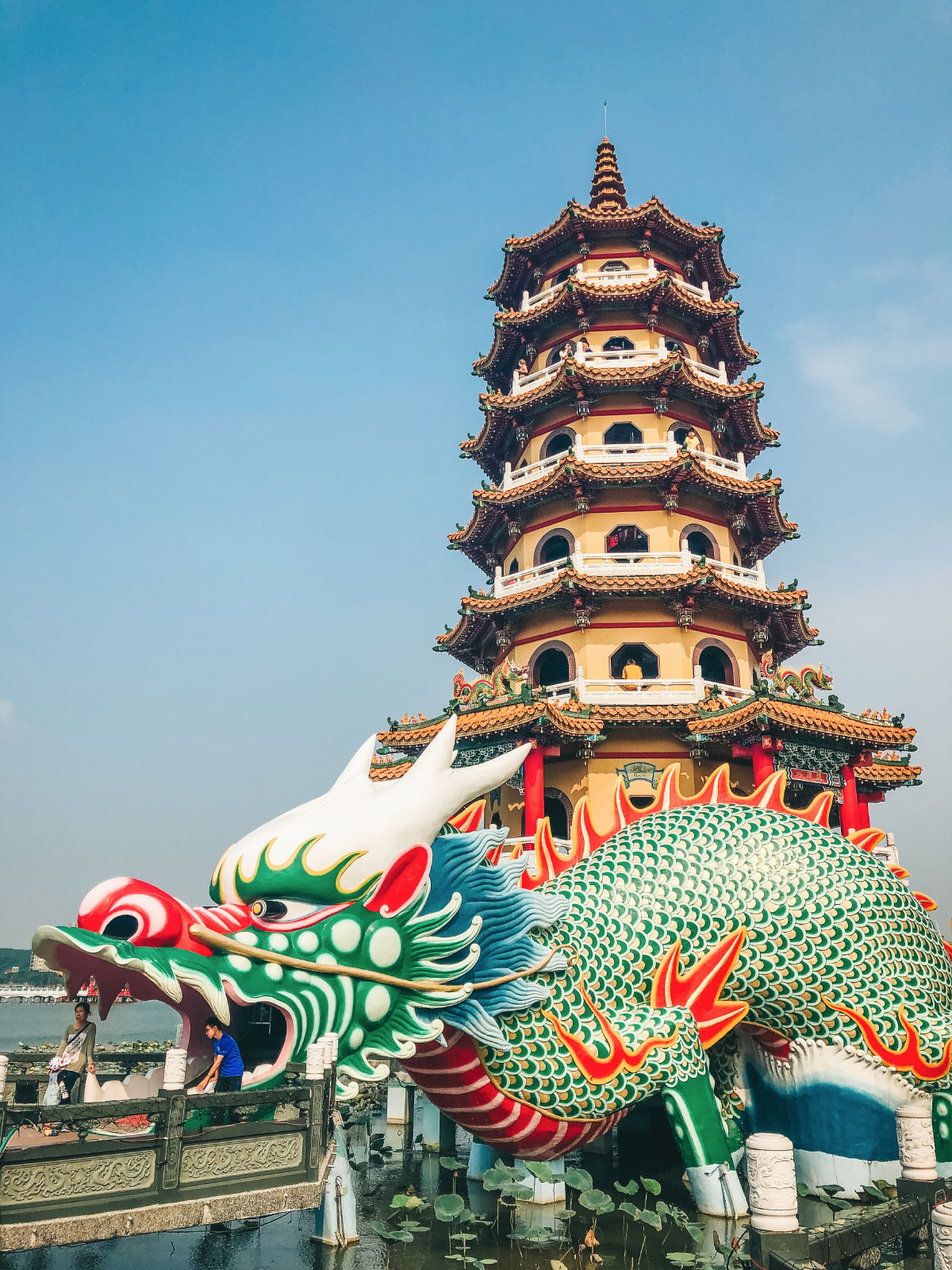
The Taiwan Tourism Bureau will also offer incentives to domestic and foreign travel agencies that bring international tourists to the country. They will receive a subsidy of NT$10,000 (€301.5) for each foreign tour group with eight to 14 members, and NT$20,000 (€603) for each tour group with more members. According to Chang’s statement, there are enough funds in the government’s coffers to subsidise 90,000 groups.

Another measure related to the incentive for tourist visits, again according to the Director General of the Tourist Board, in this case to address staff shortages in the hospitality industry, is to help pay the salaries of new employees hired by hotels. This is a bonus that would last for one year, after which employers must not reduce wages.
The countries and regions from which the government intends to attract tourists are Japan, South Korea, Europe, North America and the 18 countries targeted by Taiwan’s so-called “New Southbound Policy”, namely Australia, Bangladesh, Bhutan, Brunei, Cambodia, India, Indonesia, Laos, Malaysia, Myanmar, Nepal, New Zealand, Pakistan, the Philippines, Singapore, Sri Lanka, Thailand and Vietnam.
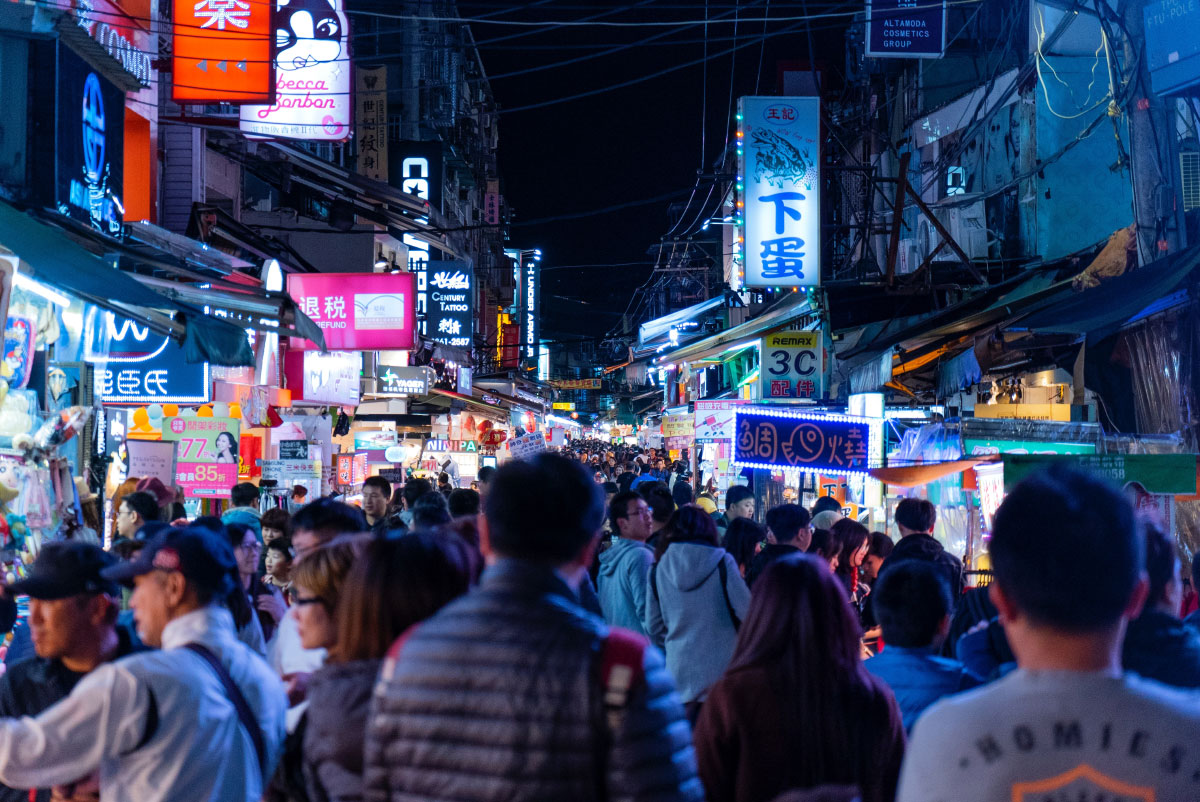

For his part, the president of the Association for High Quality Travel, Ringo Lee, responded to the Taiwanese government’s new tourism strategy. He told the Taipei Times that while it is important to offer incentives to foreign travel agencies, the government should also encourage them to hire Taiwanese operators to accommodate tourists in their hotels and rent their tour buses.
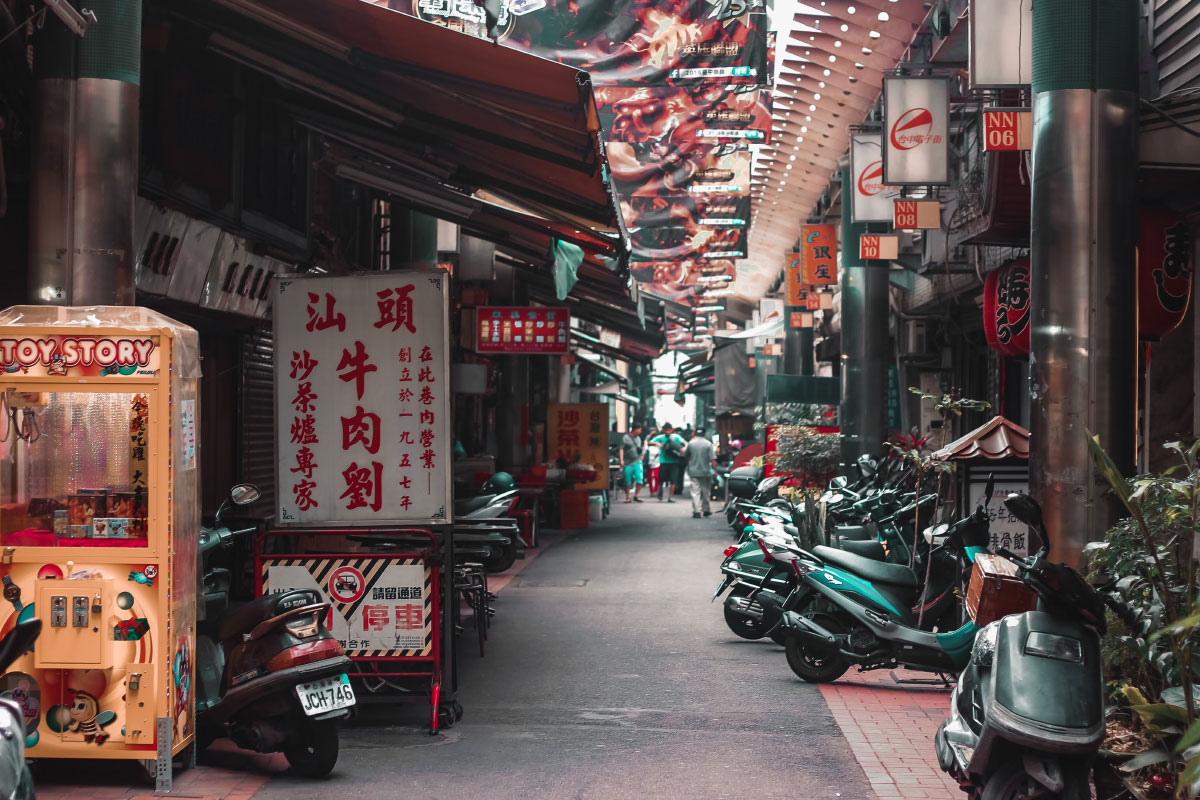
If you want to know more about Taiwan and its tourism strategies, we covered another one in the following article:
Commitment to the elderly in leisure and tourism: Taiwan’s example


Sources: Taipei Times, CNN Travel. Images: Unsplash.


